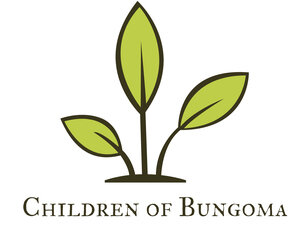HOUSING
Children of Bungoma currently provides a home for 10 boys. The house is on a secured compound, which includes a water well, office and small farm. Also living in the house are our caregivers and their two children. Our husband and wife team, Philip and Nancy, provide 24 hour care support, helping the kids with cooking, cleaning, homework and emotional support. While our house is able to cater to a number of children, the community and Kenyan government has asked us to support even more children. It is our hope that we will be able to build our own compound, able to support the over 60 children still living on the streets of Bungoma.
EDUCATION
The kids attend a primary school, Musikoma Primary School, about a five minute walk from their home. They are provided with all necessities required for a successful education. This includes handmade school uniforms, school supplies and mandatory exam fees. We are also proud to have one child in Secondary School, at Kabula Secondary School. He is currently in Form 4 and will be graduating from Secondary School in December 2014.
Children of Bungoma believes in using the tools and resources that are already available in the community. Many supporters have asked us why we have not yet built a school. We believe that using the schools that are already in place will help boost not only the community but also the children, by integrating them into classrooms, with peers they did not grow up with on the streets. This helps the kids learn that certain habits they developed on the street, such as violence and drug abuse, are not acceptable and shared by all in their peer group. Integrating the children into the public school system also helps to alleviate the negative stereotypes much of the community has surrounding the group living on the streets.
NUTRITION
Vegetables are bought daily and other items are bought on a needed basis. When food items are needed, the program managers and a few of the children go together to the open-air market and supermarkets to buy the necessary items. Each meal is cooked by the supervisors and with help from the children. They cook using charcoal and exemplary meals include: rice pilaf, kale and ugali (a polenta type food made from maize, and beans and chapati (thick, fried, flour dough). All meals are traditional, Kenyan dishes.




